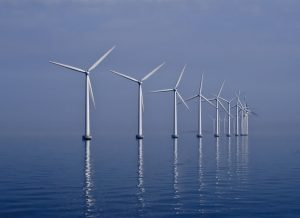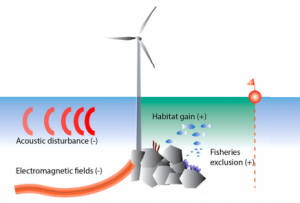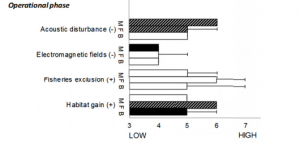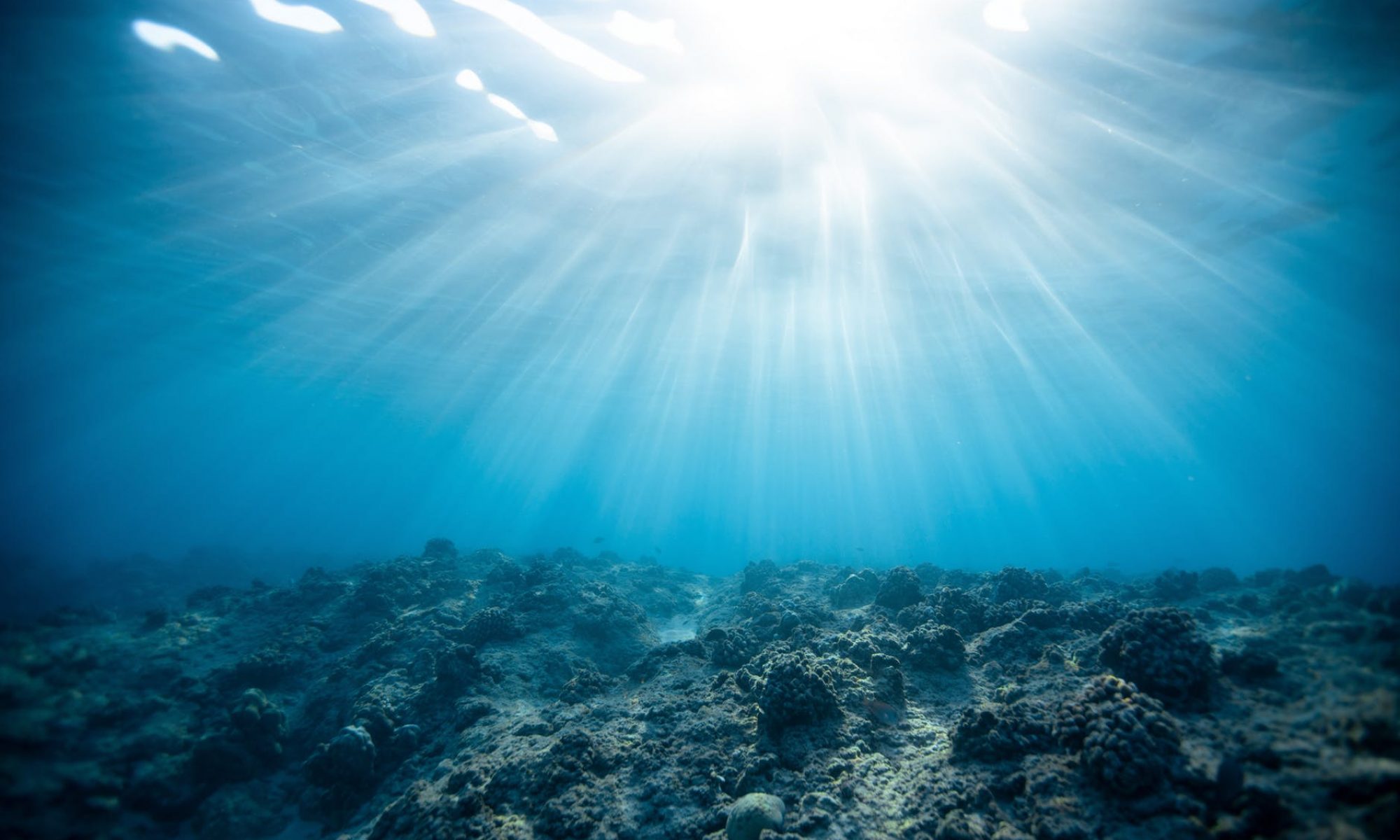Two major problems: rising carbon dioxide levels and human-induced ecosystem damage. One potential solution: offshore wind farms.
As atmospheric CO2 continues to rise, climate scientists around the world are becoming increasingly concerned about the implications of this. We know that non-renewable energy sources are a major contributor to CO2 pollution, but we also know that there is a huge global demand for energy. This is precisely the reason why nations are incorporating renewable energy sources into their emission reduction strategies. However, what if these renewable energy sources could do more than just cut emissions? What if they promoted ecosystem biodiversity and sustainability?
One of the most promising renewable energy sources are offshore wind farms, which use wind energy to generate electricity far out in the ocean. While they are costly to build, the turbines are capable of producing large amounts of energy due to high speed winds out at sea.

Image Credit: Wikimedia Commons
Although offshore wind farms appear to be a reliable source of sustainable energy, their presence in the marine environment has been controversial. Opponents of offshore wind farms emphasize the detrimental marine impact of turbine construction. The turbines are anchored to the ocean floor, which will disrupt the chemical and biological processes occurring here by dispersing the sediment. Another environmental hazard is the use of electronic operating machines, which will emit noise pollution and radiation to surrounding areas. Marine life who rely on sound for predation, echolocation or other purposes will likely be harmed by this, but the exact mechanism has to be studied further. All of these potential impacts are why many environmentalists are questioning the true efficacy of offshore wind farms.
However, once the turbines are up and running, the environmental protection they offer is often underemphasized. For example, the wind farms occupy a designated area in the ocean that is exclusively reserved for their functioning. This means that commercial fisheries, shipping and deep sea mining cannot operate within these surrounding areas. In other words, this will eliminate the risk of overfishing and chemical spills. Marine species can then colonize this habitat without the threat of human interference, which fosters biodiversity in the process. By reducing species mortality rates, species abundance can build up to steady numbers.

Although there are negative outcomes associated with offshore wind farms, I believe their potential as a renewable energy source is extremely worthwhile. Precautionary measures could be taken to minimize their negative impacts, such as constructing them in more isolated areas. The magnitude of their sustainability should not be ignored because they address the urgency to reduce CO2 emissions, as well as protect marine life from harmful industries.

Works Cited:
[1] “Offshore Wind Energy: Research on Environmental Impacts.” Springer, 2005, http://ebookcentral.proquest.com/lib/ubc/reader.action?docID=324195&ppg=36. Retrieved 27. Jan. 2020.
[2] “Effects of offshore wind farms on marine wildlife – a generalized impact assessment.” Environmental Research Letters, 2014, https://iopscience.iop.org/article/10.1088/1748-9326/9/3/034012/pdf. Retrieved 27. Jan. 2020.
[3] “Offshore Energy and Marine Spatial Planning.” Routledge, 2018, https://tethys.pnnl.gov/publications/compatibility-offshore-energy-installations-marine-protected-areas. Retrieved 27. Jan. 2020.
